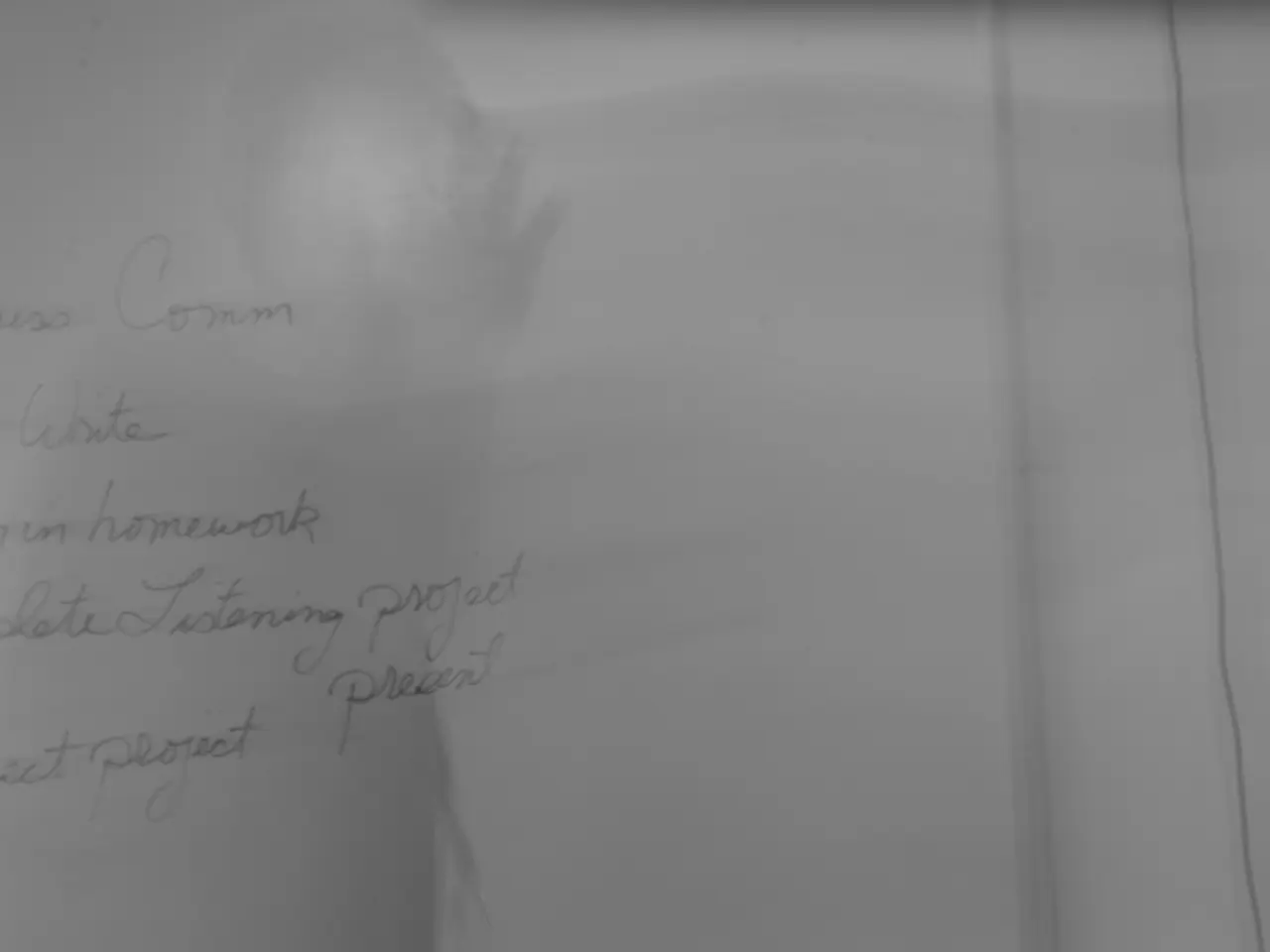Navigating Economic Downturn: Understanding Key Traits and Effects
The economy experiences different phases in its cycle, and understanding these phases is crucial to understanding how economic policies are implemented. One such phase is the trough phase, which marks the end of a recession and the beginning of economic recovery.
During the trough phase, unemployment rates tend to increase, and inflation can even lead to deflation. However, governments employ a combination of fiscal and monetary policy tools to stimulate economic recovery.
On the fiscal policy front, expansionary policies are often implemented. This involves the government increasing its expenditures on infrastructure, social programs, or direct transfers, while also reducing taxes to leave more disposable income with households and firms. The aim is to boost aggregate demand and encourage investment and consumption.
Monetary policies, on the other hand, focus on lowering interest rates to make borrowing cheaper. Central banks may also engage in quantitative easing by purchasing financial assets to increase liquidity in the economy. This encourages businesses to invest and consumers to spend.
The effectiveness of these policies depends on the broader economic and political context. Factors such as uncertainty and external influences can impact investment and consumption decisions.
Economic recovery is an initial period of expansion when the economy is out of the trough phase. Consumer confidence shows signs of improvement during this phase, and businesses may postpone investment in new equipment, facilities, or expansion projects.
The business cycle consists of the contraction, trough, expansion, and peak phases. The contraction phase is when economic activity decreases, leading to a recession if it lasts for more than two consecutive quarters. The trough phase occurs after the contraction phase and before the expansion phase.
During the trough phase, there is excess production capacity, and the reserve requirement ratio can be lowered to allow banks to lend out more money and increase the money supply in circulation. Central banks can also lower interest rates or engage in quantitative easing, purchasing government bonds to inject additional money into the financial system.
It's important to note that policymakers' intervention during the peak phase can slow down economic growth and inflation. The peak phase is the highest point of the business cycle.
In conclusion, understanding the trough phase and the policies used to stimulate economic recovery is essential for navigating economic downturns and ensuring a smooth transition into expansion. By implementing expansionary fiscal and monetary policies, governments can counteract the decreased demand typical of the trough phase, helping to jump-start economic activity and move the economy toward expansion.
In the trough phase, governments may implement expansionary fiscal policies by increasing government expenditures on infrastructure, social programs, or direct transfers, and reducing taxes to stimulate business and household spending, thus boosting overall demand. This is because lower interest rates and increased liquidity from monetary policies, such as lower interest rates or quantitative easing, also encourage businesses to invest and consumers to spend during this phase.




